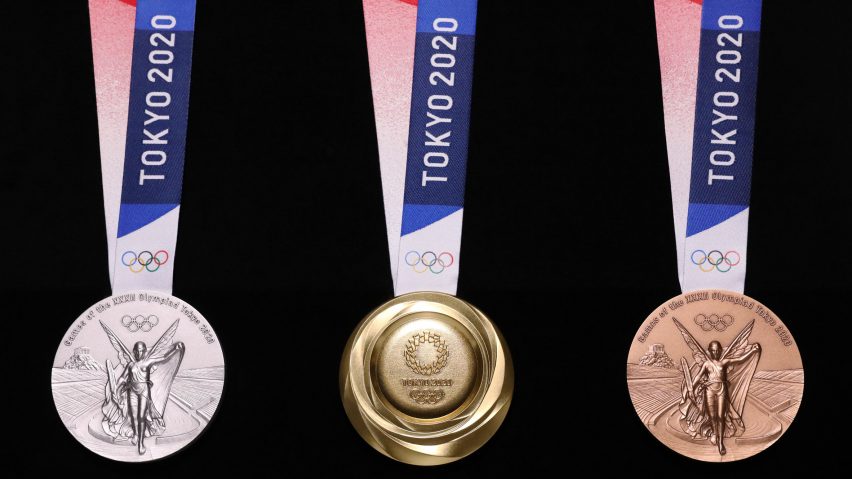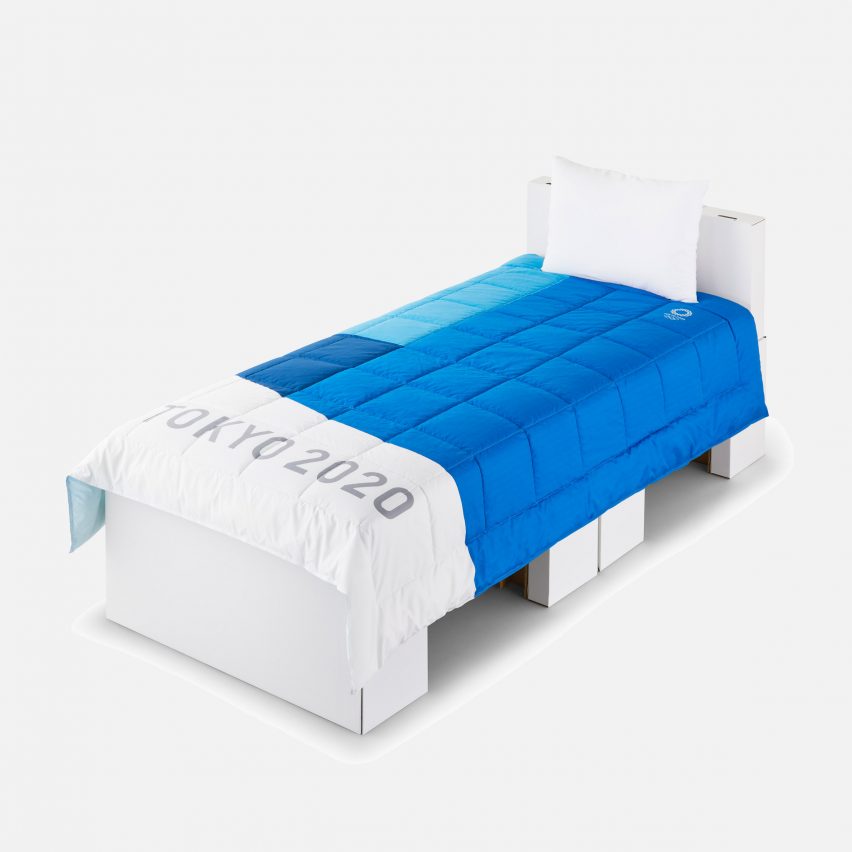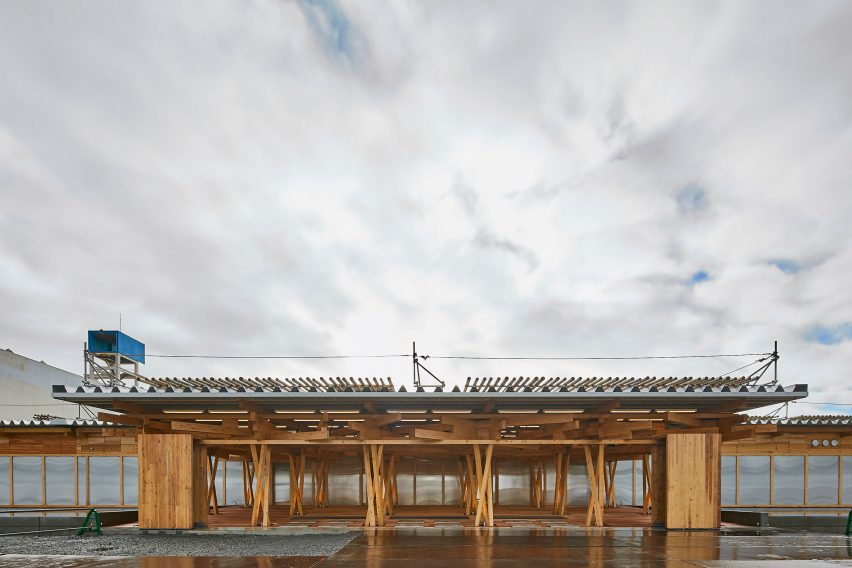7 Ways to Make Your Business More Sustainable
Sustainability can be defined as meeting the needs of the present without compromising the ability of future generations to meet their needs. There are three pillars of sustainability: economic, environmental, and social.
In terms of business, a sustainable or green enterprise refers to one that has a minimal negative impact or possibly even a positive impact on the environment, community, society, or economy.
There are many ways your business can become more sustainable, but focusing on environmental impact, here are our top tips to boost your business’ efforts:
1 Go Paperless
A significant amount of paper printed in the workplace ends up in the bin before the day is out. Almost all formerly paper-based documents can now be handled digitally, for example, invoices, timesheets etc., making switching to digital simpler. Moreover, storing documents on cloud-based servers rather than print hard copies saves paper but also means you will never lose anything important.
2 Recycle More
About 75% of waste materials that end up in the grey bin could be recycled. The reason that a lot of people don’t recycle more is that it requires a little planning. However, at The City Bin Co., we will do this for you by;
- Carrying out a waste audit of what your business throws away and what’s recyclable.
- Putting a recycling plan in place & providing staff recycling training
- Stationing recycling bins throughout your office
- Providing a Bindex detailing your business’s recycling rates, allowing you to easily track improvements made and cost savings.
3 Switch to LED lighting
Bright LED lightbulbs use 4 to 10 times less energy than halogen and incandescent bulbs. One of the easiest ways to conserve energy is to switch out your current lightbulbs and replace them with LEDs. Although LEDs can be more expensive up front, they will pay for themselves over time through reduced energy usage and fewer lightbulb replacements.
4 Give your employees reusable water bottles and keep cups
An easy sustainability win is to ban plastic bottles at work and give your employees reusable bottles and keep cups. This change will need to be facilitated by installing water fountains or water coolers so that employees use these sources for drinking water. At The City Bin Co., we all use our own reusable cups, which saves the equivalent of 64,000 takeaway coffee cups a year.
5 Use Sustainable Products
Whether you are a restaurant or office block, your business can use sustainable products, such as printer paper, cleaning products or to-go containers.
6 Start Composting
If you own a restaurant or café that produces used coffee grinds and leftover food scraps, composting is not only a great way to divert waste from landfill but will also reduce your waste bill and it makes a brilliant resource to have your plants thriving. If you don’t have a garden to use your compost in, you can give away free compost to customers or donate it to local gardens.
7 Create a Sustainability Culture
For your organisation to be truly sustainable, you need to get buy-in from your employees. There are many ways in which you can instil green habits within your employees, here are some examples:
- Hang clear signage and posters that act as reminders to recycle and turn off lights etc.
- Encourage employees to take part in “greener” activities by rewarding sustainable practices such as riding a bike to work instead of driving.
- Make sure bins are clearly signposted and in the most useful location for your employees to dispose of waste correctly.
If you are interested in discovering how we can help you meet your sustainable business goals, click here.
If you have any great sustainable business tips, we would love to hear them – contact us on any of our social media accounts below!
Most Sustainable Olympics Yet?
The organisers of the Olympics wanted to create a “minimal impact Games”, through a series of steps outlined in the Tokyo 2020 Olympic and Paralympic Games Sustainability Plan.
The majority of venues that will host events already existed with several reused from the Tokyo 1964 Olympics and podiums and medals have been made from recycled materials.
The sustainability plan claims the games are moving “towards zero carbon” by “focusing on maximum energy savings and use of renewable energy”.
Read on for 10 design projects that aimed to make the games more sustainable…

Torch by Tokujin Yoshioka
The Olympic torches, designed by Tokujin Yoshioka, were made up of recycled construction waste from temporary housing used in the aftermath of the Great East Japan earthquake and tsunami in 2011.
The designer used an extrusion technique to produce the 71-centimetre rose-gold torches, which resemble the national flower of Japan, the sakura flower. Both the relay torches and cauldron holding the Olympic flame are fueled by hydrogen instead of fossil gas.

Electric e-palette vehicle by Toyota
The autonomous and electric e-Palette vehicle was designed to transport Olympic and Paralympic athletes around the Olympic Village without generating emissions.
Japanese car company Toyota modified its existing fleet of e-Palette vehicles to better suit the needs of athletes who required fuss-free and comfortable transport.
Some of the modifications include widening the doors, lowering the flor and adding electric ramps to enable passengers – particularly wheelchair users – to board easily and quickly.

Medals by Junichi Kawanishi
Japanese designer Junichi Kawanishi extracted precious metal from old mobile phones and other e-waste donated by the public to create reflective, ribbon-like rings around the edge of the Tokyo 2020 Olympic and Paralympic medals.
Kawanishi’s winning medal design was selected from a competition that drew entries from more than 400 professional designers and design students. The medal cases which are manufactured from dyed Japanese ash wood, have been designed by Shinya Yoshida.

Beds by Airweave
Japanese bedding company Airweave produced these lightweight recycled cardboard beds and customisable mattresses for athletes.
Of the 18,000 beds and customisable mattresses created for athletes at this summer’s Olympics, 8,000 will be repurposed for use by athletes at the Paralympics.
The brand claims that the mattresses, which are made from polyethylene fibres, can be recycled an unlimited number of times.

Japan National Stadium by Kengo Kuma
Japanese architect Kengo Kuma created a wooden lattice design for the Japan National Stadium, which will house the opening and closing ceremonies as well as the athletics events.

Torchbearer uniforms by Daisuke Obana
Recycled plastic bottles collected by Coca-Cola have been used in the white T-shirts and trousers worn by torchbearers carrying the Olympic flame at the Tokyo 2020 Olympic torch relay.
The Tokyo Olympic Association designed the unisex Olympic torchbearer uniforms under the theme “hope lights our way”.
The designs all feature a sash with a chequered pattern that is known in Japan as ichimatsu moyo. The same pattern can be found in the Tokyo 2020 logos.

Basketball & Soccer Uniforms by Nike
Sportswear brand Nike used recycled polyester made from plastic bottles and recycled nylon as well as rubber and yarn waste from the company’s factories to create these uniforms.
Among them are soccer jerseys for the American, Korean and Nigerian teams, alongside kits for the USA’s men and women basketball teams.
The brand says that the uniforms will be the “most sustainable” and “highest performing” to date.

Podiums by Asao Tokolo
The winners at the Tokyo 2020 Olympics and Paralympics will receive their medals on podiums made from 24.5 tonnes of discarded household plastics.
Japanese artist Asao Tokolo gathered the plastics from the Japanese public before recycling the material and turning it into filaments, which were used to 3D-print the podiums.
The equivalent of 400,000 bottles of laundry detergent was collected to create all 98 podiums that will be used during the Games.

Olympic Village Plaza by Nikken Sekkei
This temporary structure by Tokyo studio Nikken Sekkei was built using 40,000 pieces of Japanese wood. The pieces of cypress, cedar and larch were “borrowed” from local governments across Japan.
The timber space will be used as the central meeting and dining place for athletes, officials, guests and the media within the Olympic Village throughout the games.

Skateboarding Uniforms by Nike
Bright colours and geometric patterns adorn the skateboarding uniforms that Nike has designed for the first skateboarding competitors at the Olympic Games.
According to Nike, all of the skateboarding jerseys are made up of 100 per cent recycled polyester from “water bottles and other things that would go to waste”.
The sportswear company has created uniforms for the United States, France and Brazil. They will all be bringing teams to the Tokyo 2020 Olympics to compete in the sport’s first street and park competitions at the Olympic level.
From original article at dezeen.com